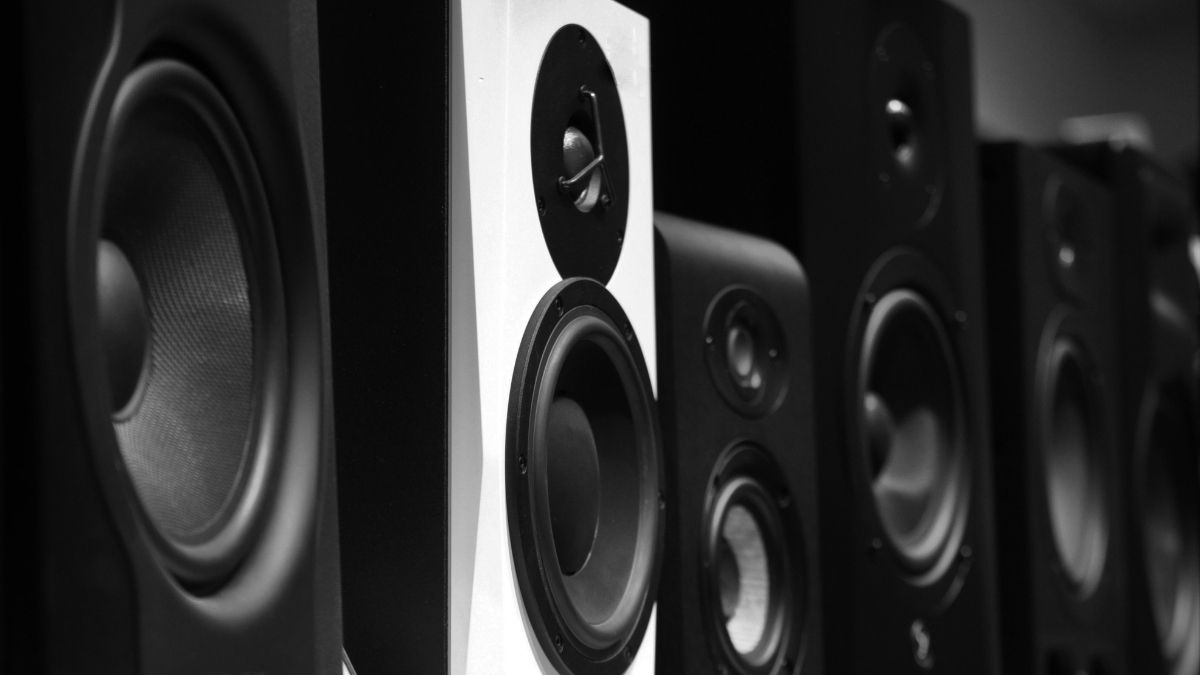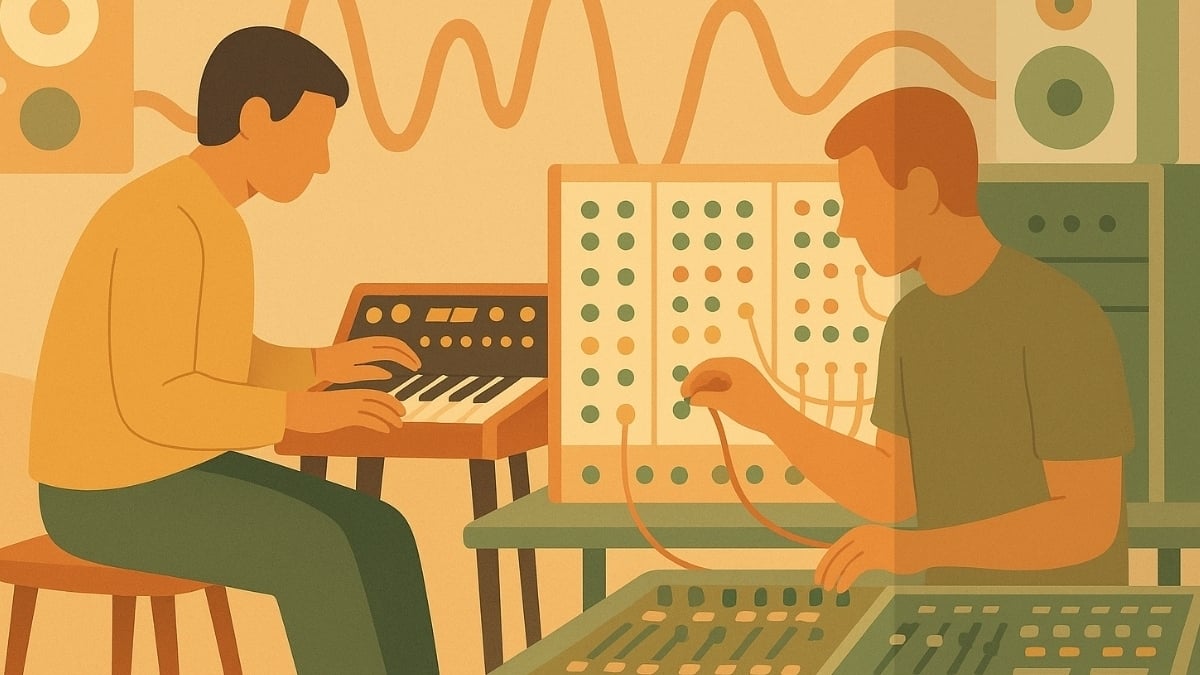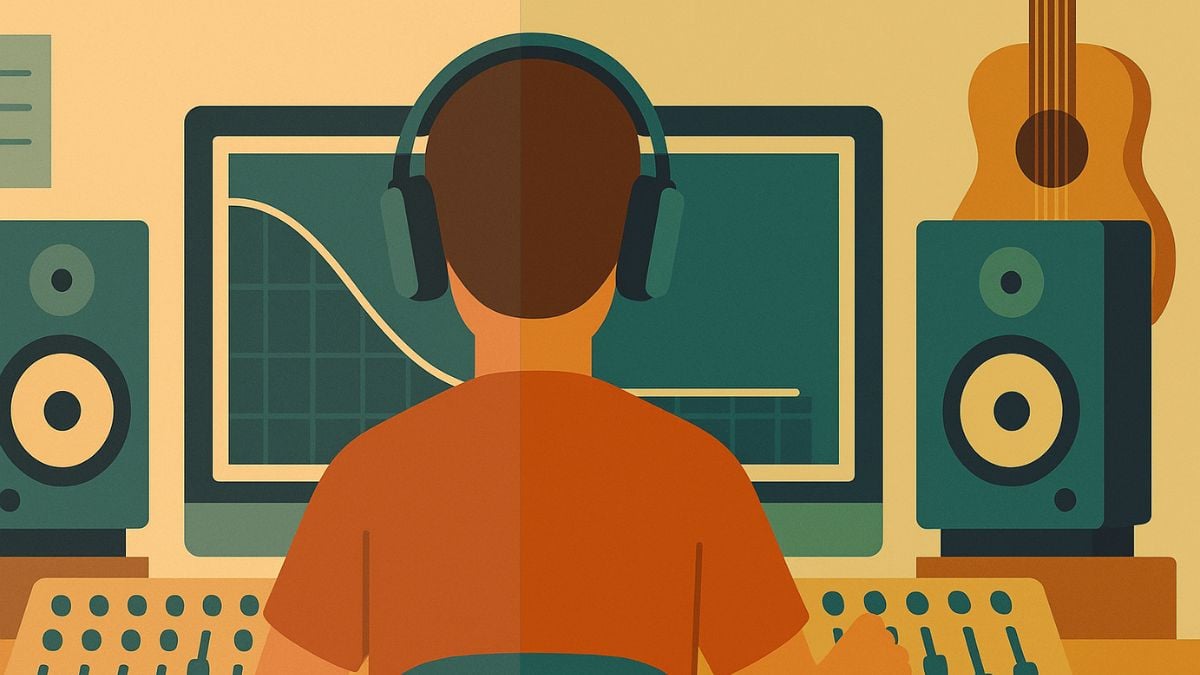Dithering in Audio: Everything You Need to Know

Dither is a process that most novice producers know very little about, and yet in certain circumstances, it is pretty important. The good news is that it is very simple to implement and there are very clear times when you need to use this process.
Once you understand when and how to use it, it really just is a matter of a few clicks and it will be applied. in this article, we'll explain what this process is, why you need it and how to apply it.
What is Dither?
To understand dither, we first need to understand the problem that it is there to fix. When we work in DAWs, we always work at a certain bit-depth; often 24-bit or 32-bit floating-point (we explain this in full below). If we then want to export audio at a lower bit-depth (16-bit for example), then our DAW has reduce the resolution of our audio using a process known as quantization.
Reducing the amount of information that our files contain has consequences on the audio – bit-rate reduction like this can create audio artifacts. These are a kind of noise or distortion that gets introduced into our audio due to errors that occur when we reduce the resolution of our files. These artifacts are particularly noticeable at points when your audio is at lower levels – such as in very quiet passages of music or during a fade out.
Dither is the solution to this problem – it masks these audio artifacts using low-level noise. That’s right – dither actually introduces more noise into your audio bounces! This is noise, however, that will make your audio sound better – that is, it will sound more like the original audio, before you reduced the bit-depth.
Understanding Digital Audio
OK, so to make sure that you fully understand this concept, we need to go back to the basics of digital audio and make sure that you understand what bit-depth is. The first thing to remember is that digital audio is a representation of analogue sound sources. When you set the bit-depth and sample rate of your DAW session you are determining how accurately you are going to represent analogue sound in your digital files. The higher your bit-depth, the more accurately your digital files represent the analogue sound source that you recorded.
Bit Depth
So what does bit-depth actually represent? This is how amplitude (or volume) is represented in digital audio. As we’ve already explained, a higher bit-depth means greater accuracy, and a lower bit-depth means reduced accuracy. Let’s use an example. In 4-bit sound it is only possible to represent 16 different amplitude levels – only 16 levels of volume to represent everything from the very quietest to the very loudest sound. When an analogue signal is converted to 4-bits, a huge amount of information is therefore lost. 16-bit sound provides us with 65,536 different amplitude levels, and 24-bit sound gives us more than 16 million! CDs use 16-bit sound, so that should give you a good idea of the quality of audio that 16 bits can provide.
What Does Dithering Do?
Dither isn’t just used in digital audio files, it is also used in digital images, and looking at an example is actually a really good way of understanding what’s happening. Take a look at the images of a cat below. The first image is the original – the equivalent of your 24-bit audio before it is bounced out of your DAW. You can see in the zoomed-in section that there is a high level of detail here. The second image shows what happens when you reduce the resolution of a digital file without applying dither; you get an approximation of the original file but with clear errors. The third image is at the same resolution as the second image, but this time dither has been applied – and it looks much more like the original.

So how does this work? What is dither actually doing? When we reduce bit depth, we throw out a lot of information and this introduces errors. There are different ways of removing this information and they have different consequences on the new files that we create. The simplest way of removing the information is by a process called truncation – here we essentially just chop off the numbers that don’t fit and we get a result that is not particularly accurate.
Instead of truncating, it is also possible to round excess bits to the nearest value instead of discarding them. This also causes problems though – if values are consistently rounded in the same way, then this creates repeated errors in a pattern that is audible as distortion. Dithering essentially randomizes this rounding process by adding random noise to the existing audio. We don’t then see patterns of errors develop and we end up with a result that sounds more like our original file.
When Should You Use Dither?
So now we understand when and why dither is necessary, but how do you use it? The first thing to say here is that you should avoid using it if you don’t have to. If you’re working at 24-bit in your DAW session, then when you bounce out a wav, just bounce it out at 24-bit. You won’t have to worry about bit reduction and you won’t need to use dither.
Sometimes however, reducing the bit-depth of files is unavoidable. Perhaps your distributor only accepts 16-bit waves, or you are creating music for a library that requires delivery at 16-bit. If this is the case, then dither is necessary.
There are really just two things to remember when it comes to implementing dither into your workflow; firstly, if you are bouncing to a file that has a lower bit-depth than your session you should always use dither. Secondly, dither should be the very last process you apply to your audio. You can normally just add dither as a plugin on your master channel, and you should place it there after all of the other plugins. In most cases your DAW will come with one or more dither plugins included.
Test them out on your audio material as different dither algorithms can work better or worse on different types of audio. For example, a piece of classical music with dynamic extremes might benefit from a different dithering algorithm than one you would use on an EDM track. The way to figure out the best type of dither for your track is to try out the different options available to you and select the one that makes the smallest discernible difference to the sound of your audio. Remember the whole point of dither is to make the bit-reduced version sound as much like the original as possible.
If you are sending your track to be mastered by someone else, then you should never apply dither yourself. This will be the very last process your mastering engineer will use when bouncing those files. Always deliver audio to be mastered at the same bit-depth and sample rate that you used in your session.
Some of the concepts we’ve delved into are a little complicated – but as long as you remember the key takeaway of when dither should be applied, you’ll be fine. Open up your DAW and see what different dithering options are available to you. Next time you need to use dither on a project, it will take you next to no time to implement it in your workflow.



Comments:
Jul 15, 2022
Jul 13, 2022
Jul 13, 2022
Login to comment on this post